We independently research and recommend the best products here. This article contains affiliate links. If you make a purchase after clicking on a link, we may earn a little commission at no extra cost to you.
With the advent of technology, working tools have evolved and replaced with easier ones, just as you will see with hand saws and power saws.
It is called a hand saw because it is a manual tool that requires no electricity. It is right up there with hammers, spanners, chisels, etc., when it comes to the most commonly used tools.
Even though present-day power tools provide faster and easier forms of saw use than hand saws, they do not offer a universal solution as hand saws, making hand saws a better option in terms of accessibility, convenience, weight, safety, and/or skill.
Hand saws are more portable and less expensive than power saws. Meanwhile, there are many different types of hand saws that even the most experienced workmen will be confused as to the type of handsaw to use and for which task it is made.
In this article, we’ll be highlighting some of the most common and notable hand saws types to give you an idea of what you may want.
Table of Contents
Different Types of Hand Saws
Like we earlier mentioned, a handsaw is a saw that is powered by the user’s force. It is a manual tool that requires no electricity, battery, or gas.
It comes in different types, with each functioning in its capacity and importance. Below are the most common types of hand saws.
Read Also: Bow Saw Vs Hacksaw
1. Hack Saw
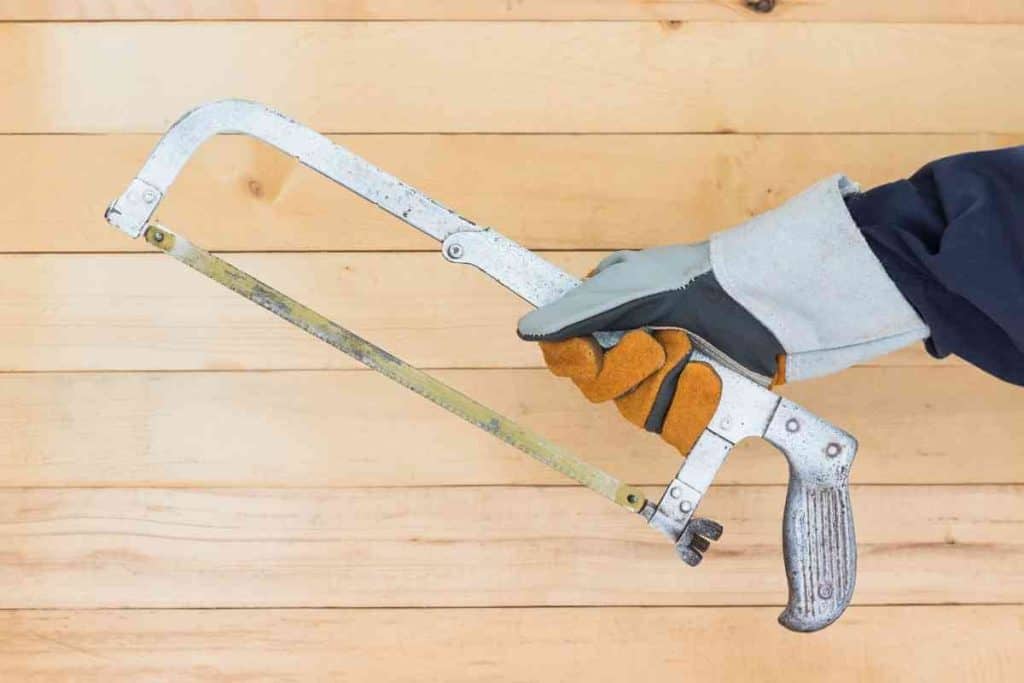
It derived its name from the word ‘Hack,’ meaning rough cut or blow, which is quite surprising, considering that a hacksaw can cut perfectly and tidily.
Therefore, we believe it formally got its name from the English phrase, “haggesaue” – cutting or chopping, thus, giving us a better understanding of the concept.
Having said that, a hack saw is designed to cut through metal and features a metal frame and a straight, thin blade that enhances a more accurate cut than other tools.
It can perfectly cut through plastic and metal pipe materials and is ideal for splitting through thinner materials, as it has a thin blade.
It may find it hard to split through thick materials and could damage the blade as a result. It features a fine-toothed blade between 18 to 32 teeth per inch, which is detachable from the frame and can be replaced when blunt.
While cutting, position the blade in the frame and allow the teeth to point away from the handle. It is used for small DIY jobs.
2. Coping Saw
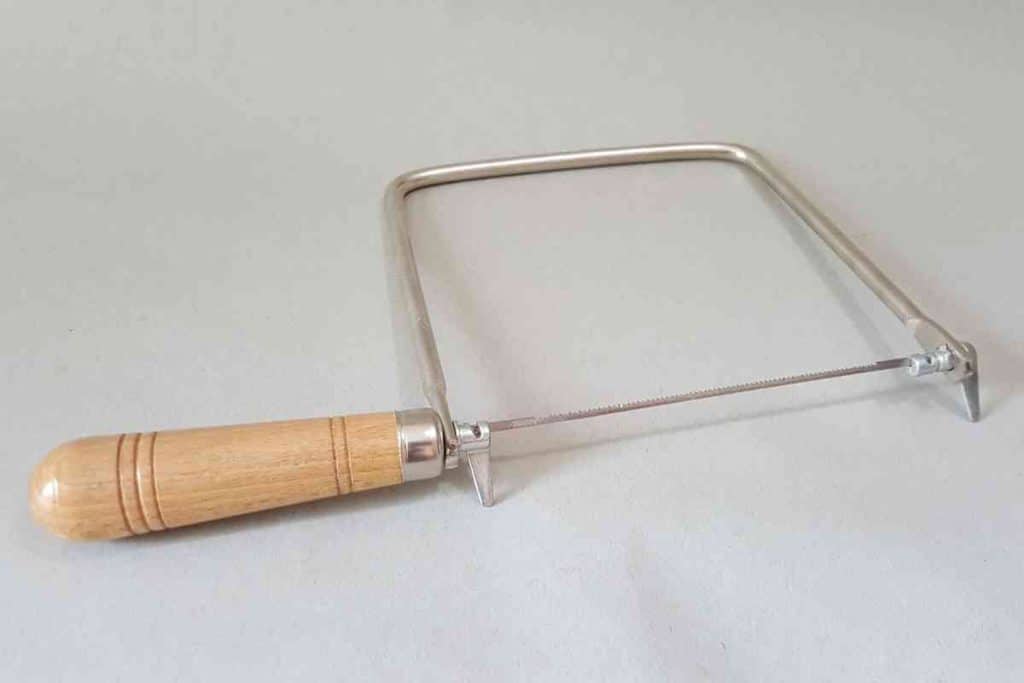
Sometimes, it is likened to a hack saw because it features a blade that is secured in place as potential protection against tension.
The coping saw is designed to produce curved cuts on logs. Just as its name implies, the coping saw is a tool that is significantly used to produce coping joints as opposed to miter joints.
This type of saw features specific kinds of blades that range from 15 and 17 teeth per inch and is a lightweight saw that is typically measured close to 6 inches across.
3. Fret Saw
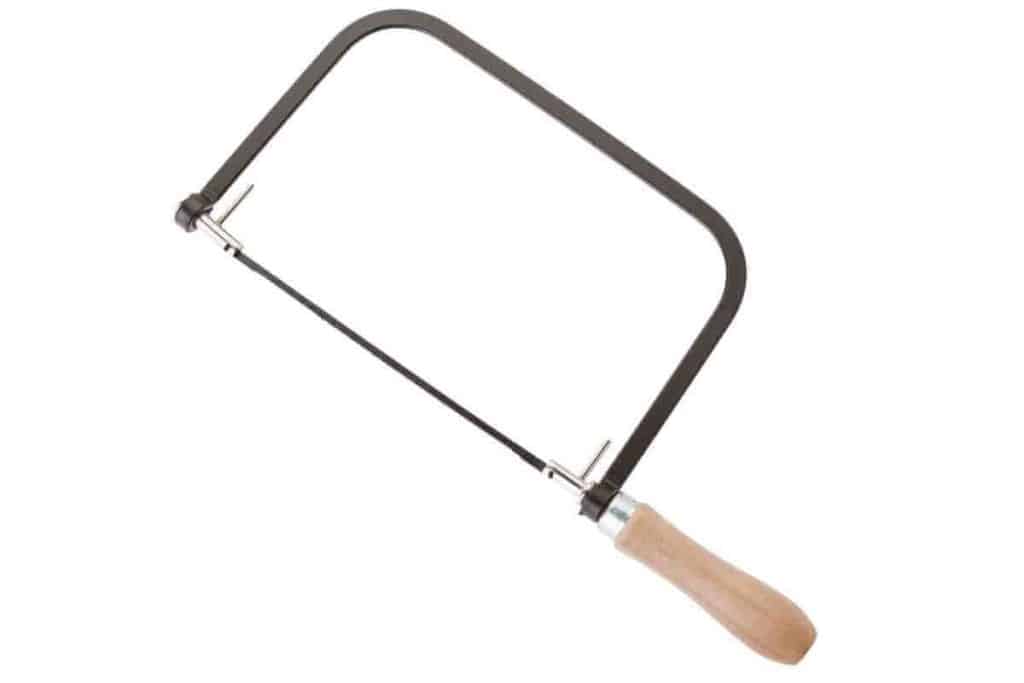
Fret Saw is often confused with a bow saw because of the extremely long C-shape that makes it easier for producing deep and intricate cuts. It is used for mostly finishing more intricate woodwork. Its name originated from the word ‘Freter’ (French word), meaning lattice.
It is called lattice because it was initially designed for just latticework. It is preferred over a coping saw, particularly when the cutting becomes complicated.
Its blade feature close to 32 teeth per inch, thereby making it the perfect prospect for precise and accurate cuts.
The blade is the reason why the fret saw makes any material fragile for easy cutting. It has a long frame with a short blade that makes it appear so weird yet stands out. Meanwhile, it is immovable as long as rotation is concerned.
Read Also: Who Makes Husqvarna Mowers?
4. Crosscut Saw
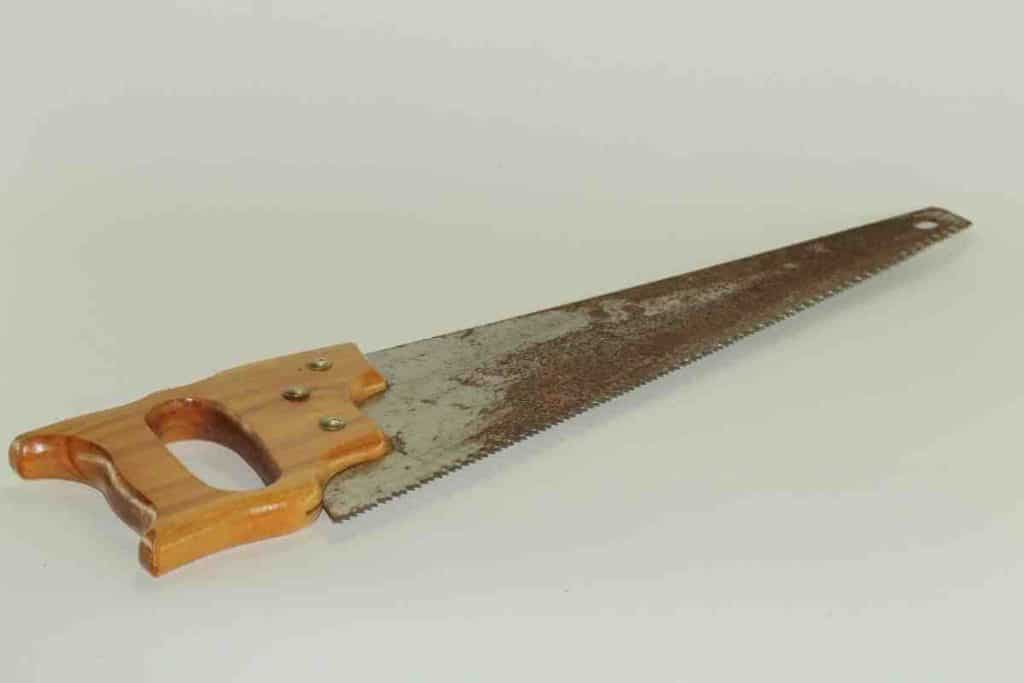
The crosscut saw is a type of saw that is designed to make rough cuts of wood, which has to do with trimming branches or cutting lumber. It can be used to cut across the grain of the wood that is seen as being orthogonal to the grain.
The crosscut saw is typically used either by a single individual or two people at the same time. The one for two persons is oftentimes referred to as a lumberjack saw and features a handle at both ends.
It possesses huge teeth and a thick blade that makes it more solid against the rough wood. It is perfect for cutting backyard plank sizes and is suitable for camping trips.
5. Bow Saw
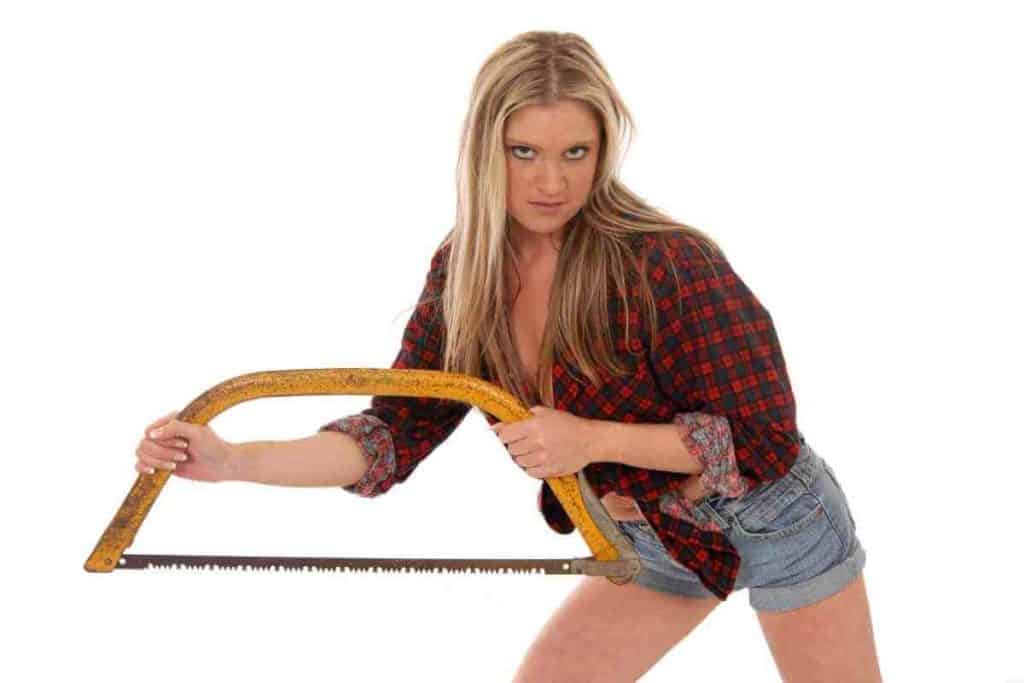
The bow saw is a modern-day medium-sized crosscut saw that features a bow-shaped frame and an elongated straight blade. It is a lightweight tool due to the emptiness of its metal. It is significantly used for cutting huge materials, particularly logs.
A bow saw can also be used for cutting green wood like tree branches and shrubs or trimming logs into parts.
The application of a bow saw is most common where speed is required, rather than a tidy finish. Because of its crosscut teeth, a bow saw can get rid of sawdust while it is pushed in or out.
A saw blade consists of a peg tooth and peg & raker tooth blades. Its blade can be detached from the frame and cut speedily and roughly through tree branches and shrubs.
However, whenever you’re cutting tree branches, make sure you create enough space around the branch you plan to cut because it gives room for the huge nature of the bow saw.
6. Pruning Saw
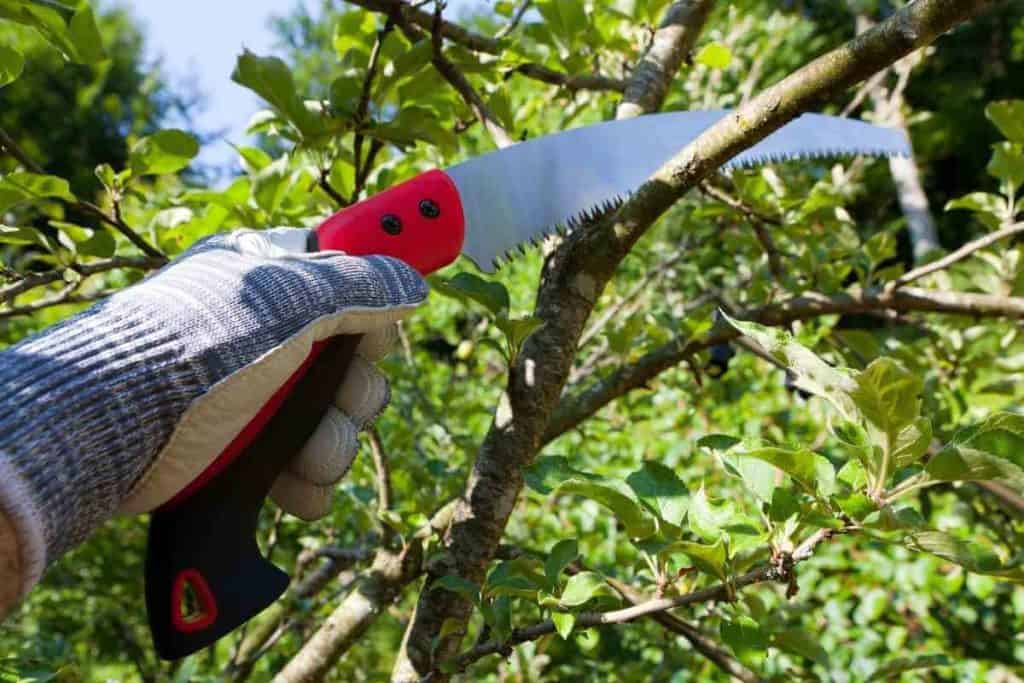
As the name implies, pruning saws are those types of saws that are most commonly used in gardens as a quick and less strenuous means of cutting huge shrubs and trees. The pruning saw features a curved blade that is around 13 to 15 inches long and used for cutting small branches.
The blade length also grants access to landscapers and arborists, with the curve allowing them to wrap around the branches they want to trim.
The pruning saw also features a handle that resembles that of a gun, which makes it easy for handling. They feature lots of teeth per inch, unlike some saws of the same size, thereby making them perfect for smaller pruning.
Read Also: Pruning Saw Vs Bow Saw
7. Rip-Cut Saw
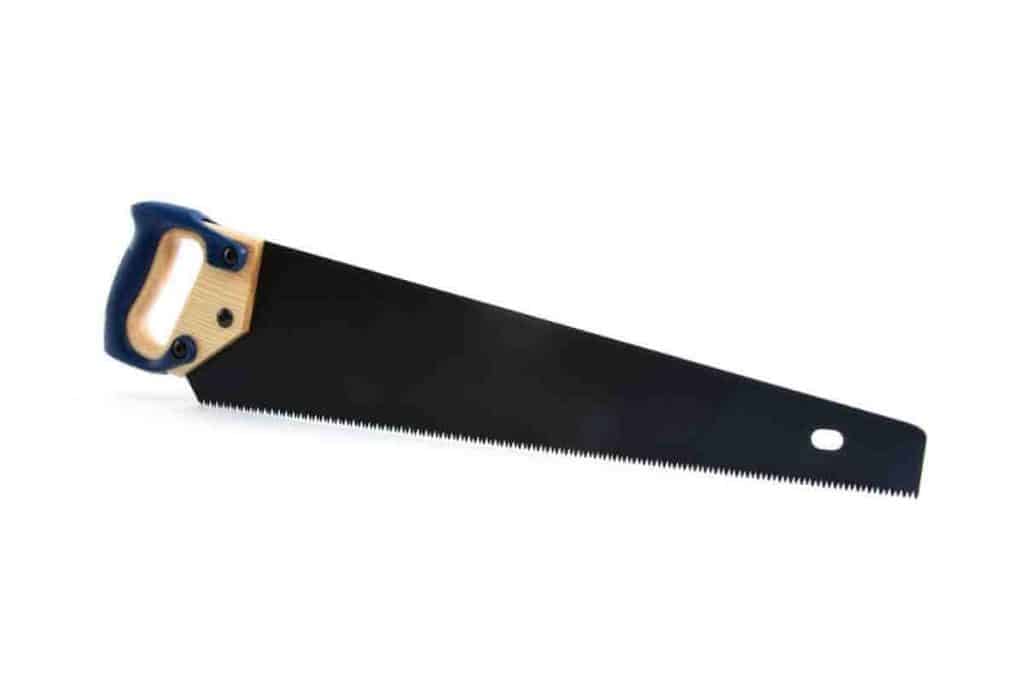
Rip-Cut Saw is one of the most commonly used saws. This type of hand saw can be sued for many varieties of framing jobs
The rip-cut saw is the most common saw available. It will sometimes be referred to in general terms as simply a “hand saw.” It’s used for a lot of framing jobs. The teeth on the blade are particularly sharp.
The saw comes in a wide variety of sizes for a wide variety of needs. It is a staple in every toolbox because of how often contractors need to use it. A rip-cut saw is used to cut wood parallel to the grain. Due to its sharp teeth, it can get rid of wood chips and works like a group of chisels combined.
8. Japanese Saw
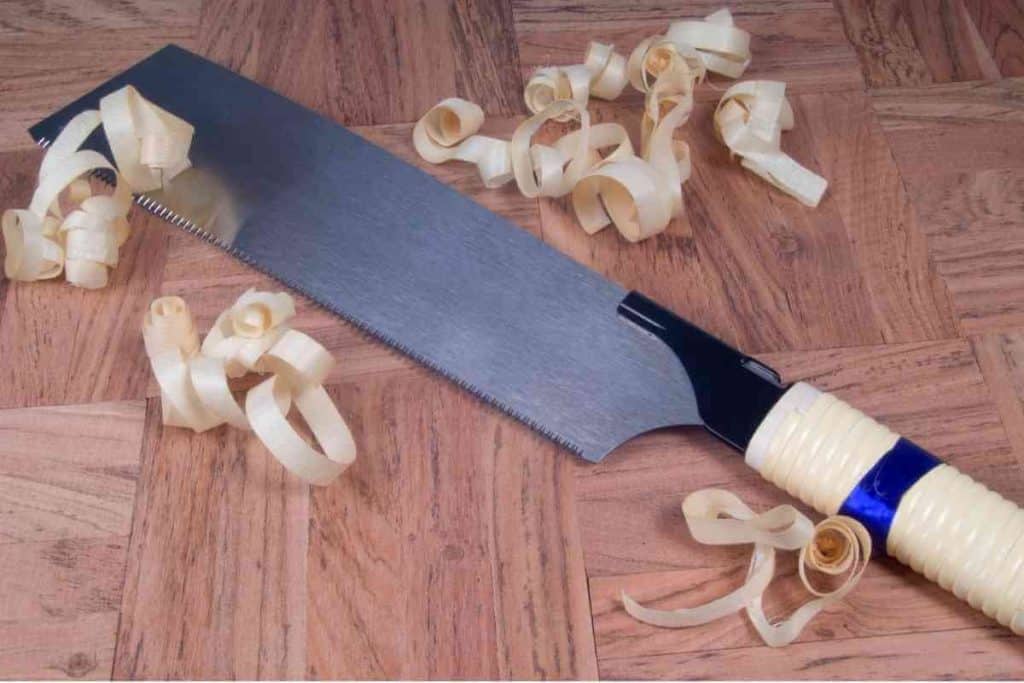
This saw is made up of a strong and thin blade attached to a handle at an end. As the name implies, the Japanese saw is most commonly found in Japan, which uses it mainly for carpentry and other woodwork. It is made to cut on the pull motion.
This saw is most notable for its tidy and thinner cut, and it’s quite essential to utilize it perfectly. It has a simple yet effective design and can help give you more control over any job. However, it is significantly made for smaller and more precise jobs.
9. Key Hole Saw
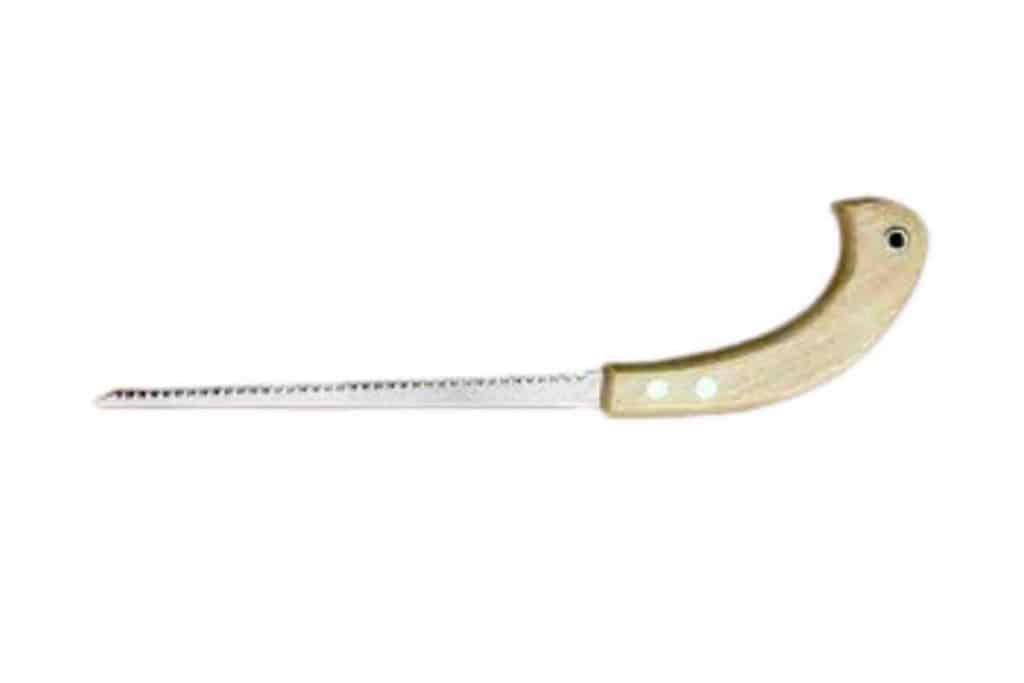
Without a much closer look, you will confuse the keyhole saw to be a dagger because it possesses a blade that joins at a point towards the far end of one handle.
Popularly called a jab saw, it has a sharp point that enables them to pierce through materials like drywall before sawing through.
It possesses a narrow blade that makes it perfect for carrying out awkward cutting maneuvers or producing little holes.
The keyhole saw is also designed to split out irregular patterns. There’re two varieties of this saw: one with a fixed blade and the one with a retractable blade.
Read Also: Why Were Chainsaws Invented?
10. Veneer Saw
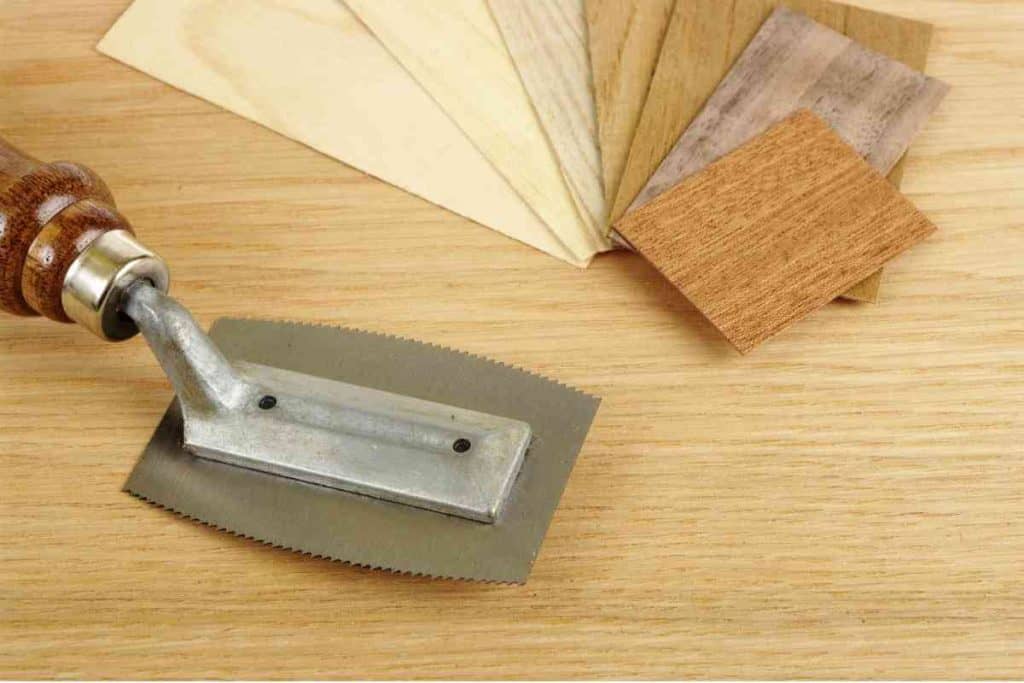
Just as its name implies, the veneer saw can cut through hardwood veneers, laminates, and plastics because it is a two-edged saw that has a little curved blade of about 3 to 4 inches in length.
Because of the size of its blade, the veneer saw is designed to work on small areas only. However, it offers speed and excellent results.
Generally, it is made up of around 13 teeth per inch of blade. Moreover, whenever you team it with a straight edge, it can split square-edged materials smoothly to guarantee butt-joints for matching veneers.
11. Bone Saw

This type of saw is not a standard saw in carrying out DIY projects. However, as the name implies, it is mainly used for kitchen purposes, like cutting through bones to your preferred sizes for great cooking. The bone saw can also be found in most hospitals and used by doctors.
The doctors need a bone saw when carrying out certain surgery activities, like getting rid of broken bones and cutting bones. It comes in small sizes and has various versions like unpowered, reciprocating, and sonic versions.
12. Wallboard Saw
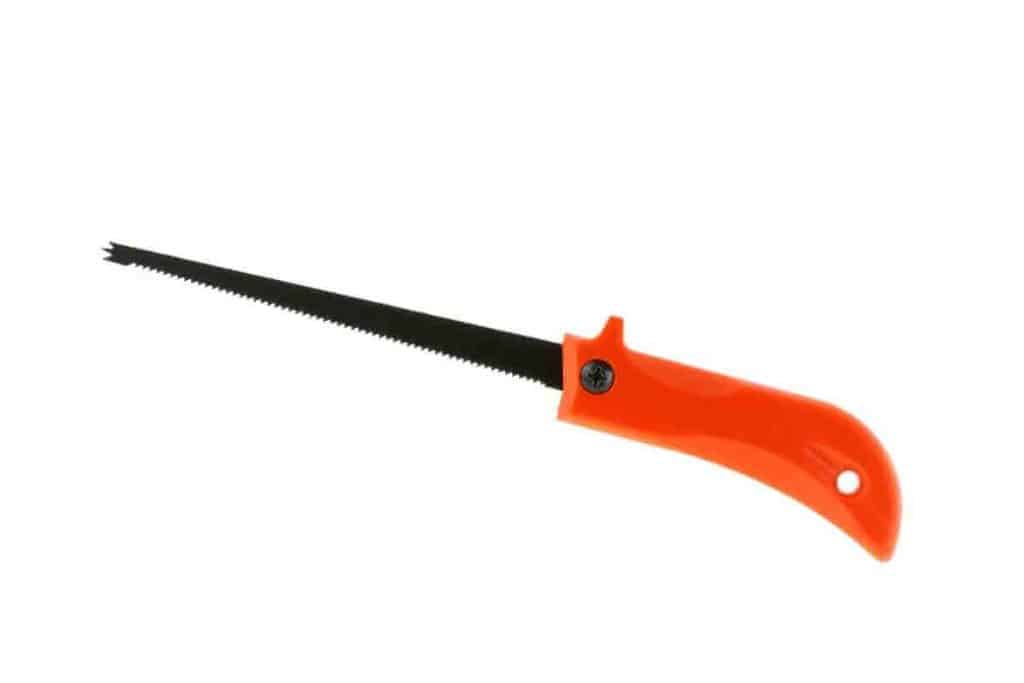
Also known as a drywall saw, the wallboard saw is just like the keyhole saw, with its only distinction coming in form of a shorter and wider blade of the former.
It also features a two-edged blade with sharp teeth that position around the top and downside of the blade. It has fewer teeth per inch and is perfect for carrying out rough cuts.
Read Also: Pruning Blades For Reciprocating Saw
13. Back Saw
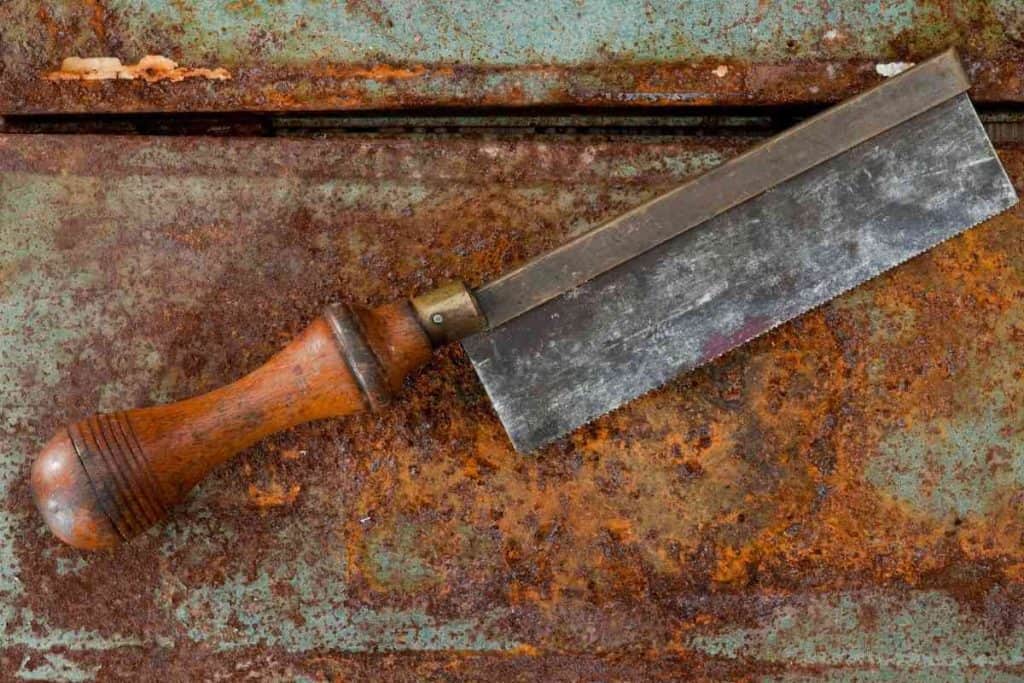
Also known as a dovetail saw, the back saw is perfect for making the dovetail joints because of its precision and accuracy.
It has a fine-tooth and thin blade that enables it to carry out perfect cuts. It also features a stiff metal such as brass or steel that is joined to the opposite side of the cutting edge.




